Where There’s Smoke… | Blog | Nature
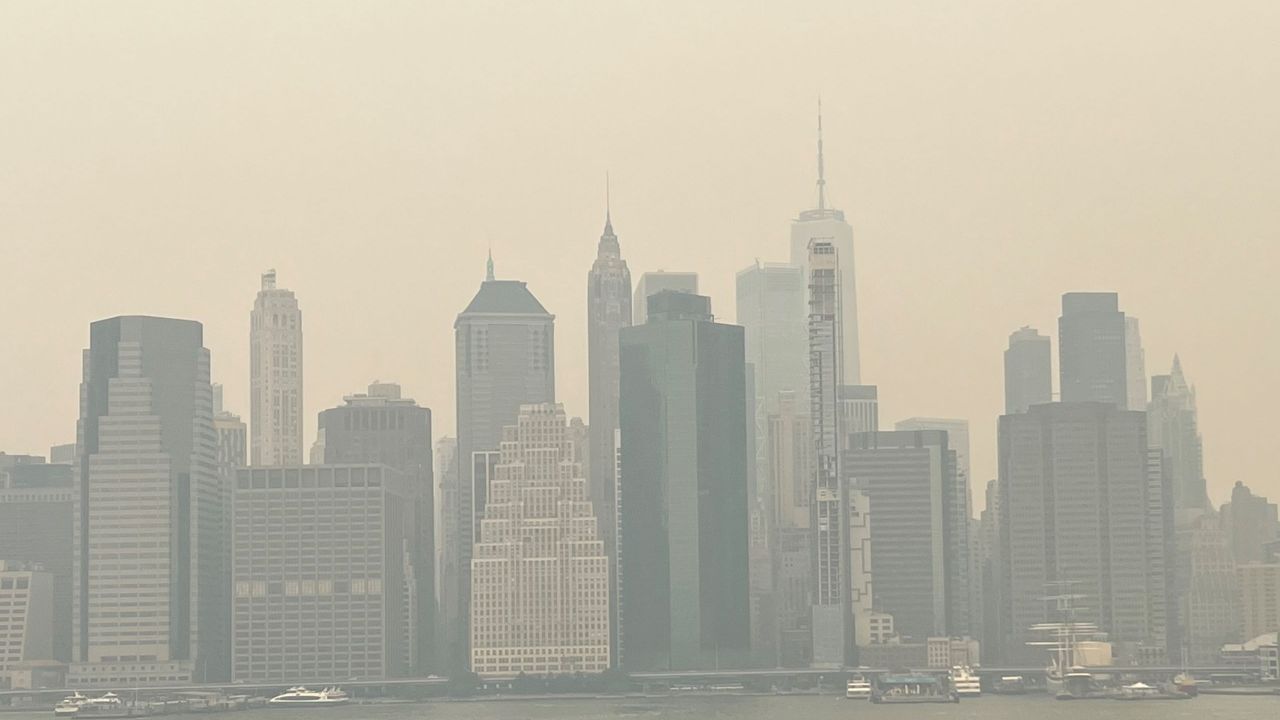
New York City skyline on Wednesday, June 7, 2023. Credit: ©WCS.
The City of New York identifies a set of priority health risks related to climate change: heat waves driven by increased summer temperatures; flooding due to coastal storms and high tides worsened by both warmer ocean currents and sea-level rise; power outages related to both of these phenomena. Absurdly high air pollution levels due to smoke from catastrophic forest fires in eastern Canada is not on that list, but it may soon be.
This week, the air quality index in Manhattan hit its worst levels since record-keeping began. Despite the well-deserved alarm in and beyond the New York metropolitan area, in many ways the smoke obscuring the Manhattan skyline is just another sign of our interconnected world, in which health hazards cross international frontiers freely. Smoke does not respect borders—a reminder that the climate crisis and its impacts are global.
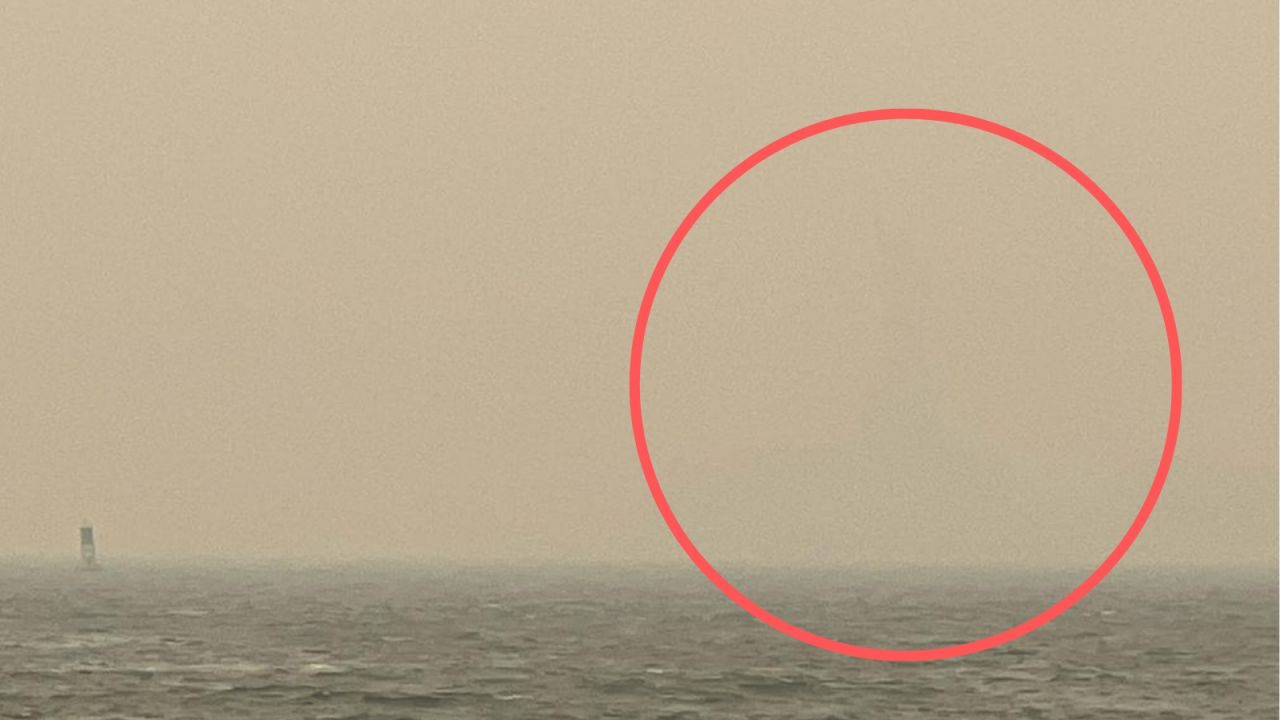
The Statue of Liberty disappeared on Wednesday, June 7, 2023. Credit: ©WCS.
Forest fires in boreal, or high latitude, areas are as much a symptom of climate change as the melting of arctic sea ice and the rise in global sea levels. Temperatures are rising faster at the poles than elsewhere. Hotter temperatures mean lower humidity and more combustible conditions for wildfires to start and spread. Estimates over the past week suggest hundreds of fires started by lightning strikes in Quebec spread rapidly to encompass nearly 1000 square miles.
Among the greatest public health concerns caused by these fires is the high level of airborne particulate matter smaller than 2.5 microns, known as PM 2.5. These particles, linked to premature death, are so small that you could pack at least 30 of them into the width of a single human hair. That’s small enough to cross the blood-brain barrier. In New York City, PM 2.5 levels exceeded 400 this week, well into the “hazardous range” and over 10 times the US National Ambient Air Quality 24-hour exposure standard of 35. The annual average exposure standard is 12.
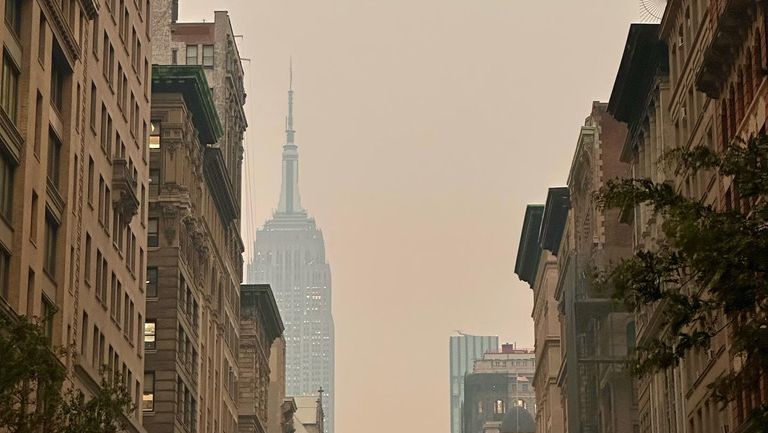
New York City on Wednesday, June 7, 2023. Credit: Maddi MacClurg.
Unfortunately, these fires and their impacts are not an anomaly. They’re part of the new normal. Last year the fires were worse in western Canada, Europe, and northern Russia. In August of 2019, smoke from raging fires in Brazil’s Amazon region traveled nearly 2000 miles, blocking the midday sun in São Paulo, the financial capital of South America. Accompanying drought brought reservoirs to record lows and wreaked havoc on the national power grid, which is heavily dependent on hydroelectricity.
In September 2015, forest and peat fires burning in Indonesia shrouded Asia’s financial capital, Singapore, in a thick haze. The World Bank estimated the cost of those fires at $28 billion, and a Harvard-led study suggested they likely contribute to 100,000 premature deaths.
While local contexts and circumstances affects forest fires and their impacts in different ways, their upward global trend reveals a growing pattern of drought-induced fire susceptibility linked to global warming.
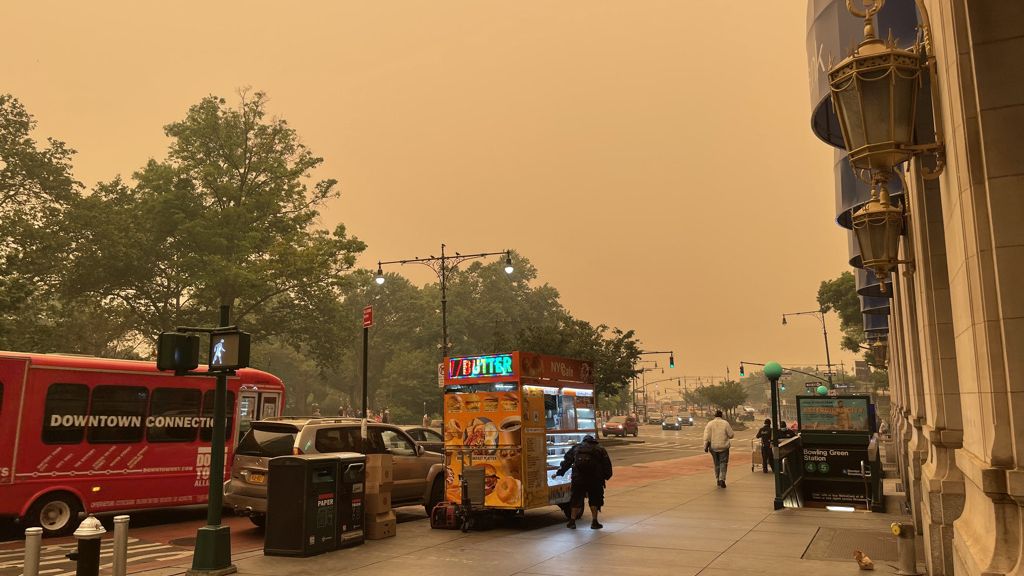
New York City street view on Wednesday, June 7, 2023. Credit: Mike Murphy.
The fact that smoke from these fires has darkened the world’s financial capitals should encourage global finance institutions to pivot away from bankrolling the underlying causes of climate change toward investment in solutions. Sadly, that is at best a sorely lagging indicator of the size of the threat we are facing.
A compelling analysis published last month demonstrated a clear link between historic CO2 emissions from major fossil fuel and cement producing companies and increased wildfire in western Canada and the US over the past 25 years. Yet none of these companies have been asked to pay the costs associated with the impact of those fires, despite wide uptake of the “polluter pays” principle in North American environmental law following its adoption in Article 16 of the 1992 Rio Declaration on Environment and Development.
Another recent analysis suggested that preventing fires by protecting Indigenous territories in the Brazilian Amazon could avoid 15 million cardiovascular and respiratory cases per year, at a cost-savings of $2 billion annually. Yet the Indigenous communities in those territories remain uncompensated.
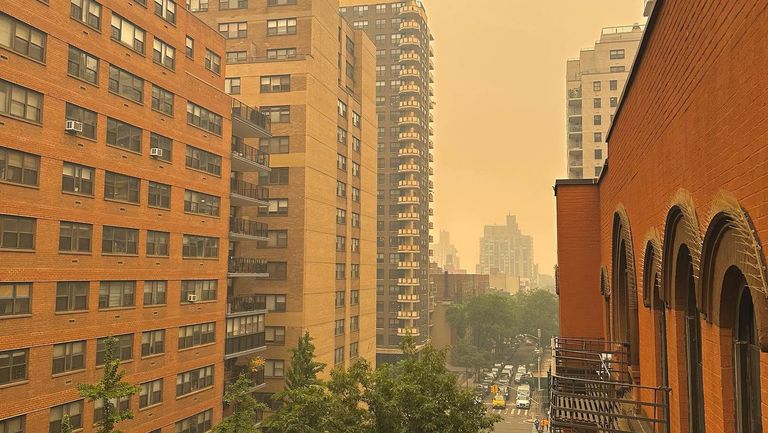
New York City on Wednesday, June 7, 2023. Credit: Maddi MacClurg.
Forests are, and should remain, a critical part of the natural infrastructure that regulates our climate. Thirty percent of the CO2 we spew into the air each year is removed from our atmosphere and stored in the world’s forests. Without that “helping hand” our global climate would already be considerably hotter than it is today.
The ability of the world’s forests to absorb this CO2 is not infinite. The fires in Quebec, and the smoke in New York, are the proverbial smoking gun. The warming trend driven by excess greenhouse gases in the atmosphere threatens our most important natural ally in the fight against climate change. There is no escaping the interconnectedness between us and the forests we depend upon.
We won’t solve the climate crisis until we address the underlying market failure we’re perpetuating by allowing polluters to profit without paying the costs of their pollution. At the same time, we must stop acting as “free-riders” on the critical ecological and public health services afforded to us by forests and the people who protect them. These bills are long past due.


